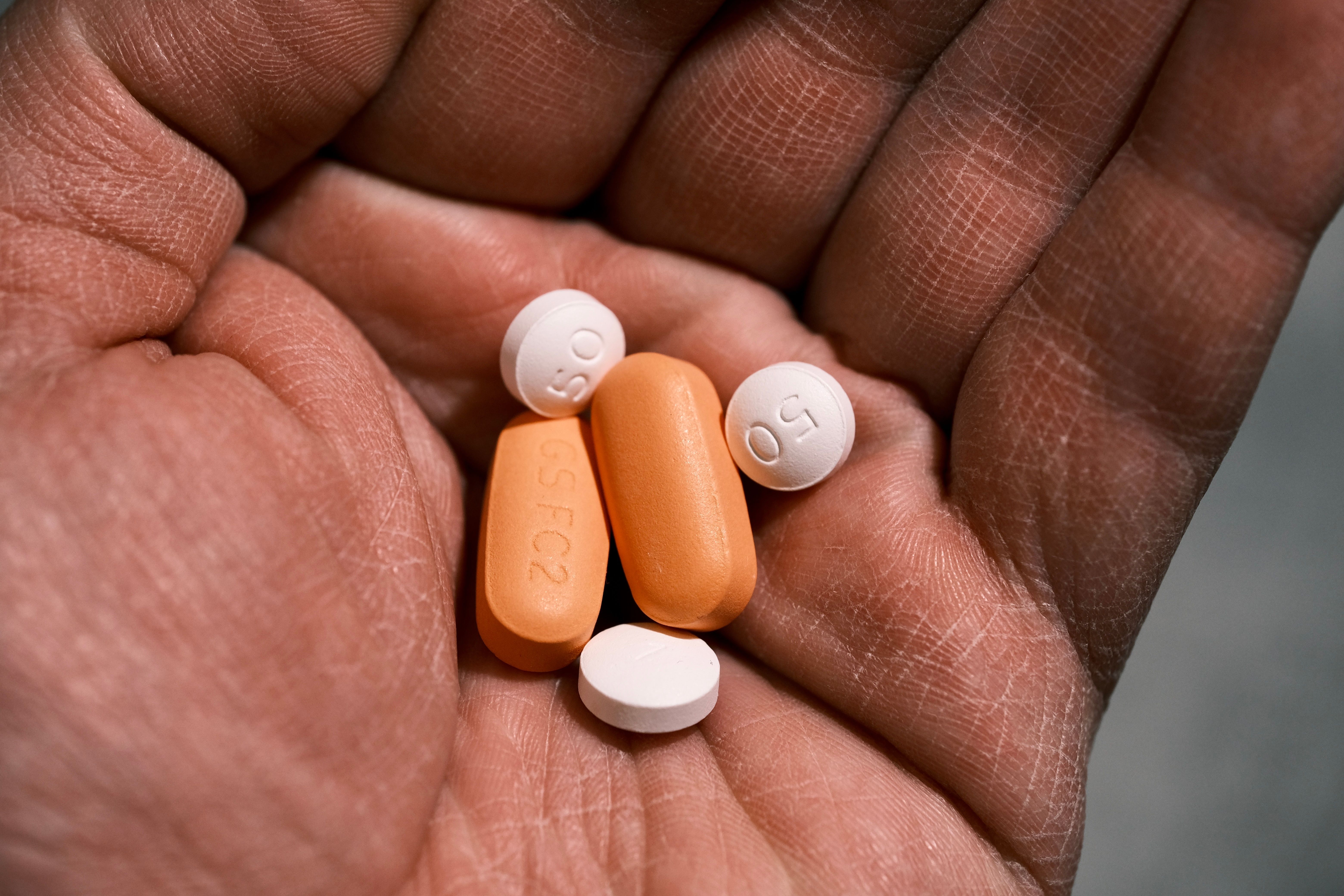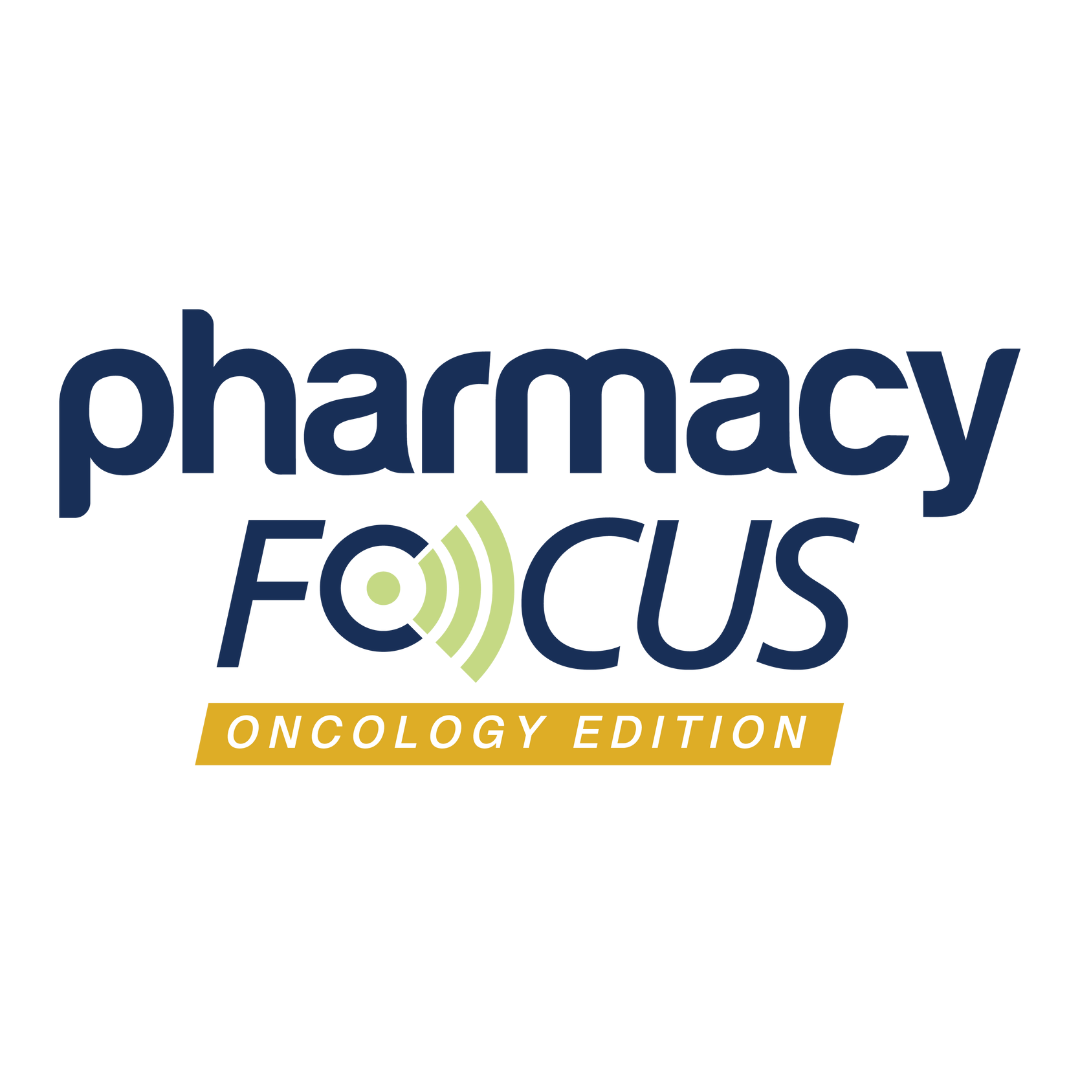A decline in new HIV diagnoses among gay and bisexual men who have sex with men (GBMSM) has recently been observed in western Europe. Although there is a reduction in the number of HIV diagnoses among GBMSM in the United Kingdom, a small increase was observed from 2020 to 2021. In addition, antiretroviral therapy (ART) has been offered for people living with HIV and to help prevent contracting HIV. A study published in The Lancet HIV evaluated the contributing components of combination prevention to the decrease in HIV incidence observed among GBMSM in the United Kingdom. In addition, the authors also estimated the influence scaling up current intervention methods could have and the maximum costs that should be spent.
Key Takeaways
1. HIV Incidence Reduction in GBMSM: Due to the increase in HIV diagnoses from 2020 to 2021, the study assesses the decline in new HIV diagnoses among gay and bisexual men who have sex with men (GBMSM) in the United Kingdom.
2. Findings and Recommendations: The introduction of pre-exposure prophylaxis (PrEP), increased HIV testing, and ART initiation at diagnosis were found to reduce HIV incidence, and maintaining current intervention levels can lead to a continued decline; however, there is a low chance that the number of reductions will meet the projected goal for 2030. Enhanced testing and ART provision can help further reduce HIV incidence, but cost reduction for testing is significant to make this effort.
3. Strategies for Reducing Costs: To increase both HIV testing and PrEP use requires a 16% reduction in the cost of testing methods and PrEP to align with cost-effectiveness thresholds. Reducing costs will sustain effective HIV intervention methods and help efforts in meeting the projected HIV reduction goals in 2025 and 2030.
The study used a dynamic, individual-based, stochastic simulation model to recreate lifetime risks of HIV, and for those contracting HIV, HIV progression and treatment outcomes of the GBMSM population. In GBMSM living with HIV who were 15 years of age and older, the investigators modeled viral load, CD4 cell count, the use of specific antiretroviral drugs, adherence to ART, presence of specific resistance mutations, risk of AIDS, and death (including death from conditions unrelated to AIDS). The investigators conducted 2 analyses to determine the effect of specific interventions on the decline in HIV incidence (counterfactual scenario analysis) and to assess whether the targets will be achieved if interventions continue to be delivered at the current rate. Further, the investigators examined the maximum additional cost that should be put towards the interventions (cost-effectiveness evaluation).
A reference scenario for 4 counterfactual scenarios was compared. The reference scenario assumes that unprotected sex—regardless of HIV status—has been increasing over time, the rate of HIV testing has been increasing, a policy of ART at diagnosis was introduced in mid-2015 which increased the probability of starting ART per 3 months, and the expansion of PrEP usage after its introduction in 2013. The counterfactual scenarios considered for the 2012 to 2022 period are as in the reference scenario with the exception of increased HIV testing rates plateauing in 2012, the policy of ART at diagnosis not being introduced until mid-2015, no introduction of PrEP, and HIV testing rates plateauing in 2012.
In the cost-effectiveness evaluation, the scenarios compared from 2023 onwards were no change in interventions (e.g., sexual behavior, HIV testing behavior, the probability of being on ART, and the probability of initiating and remaining on pre-exposure prophylaxis [PrEP]), increase in the rate of HIV testing, increase in PrEP use, decrease in unprotected intercourse, and increase in both HIV testing and PrEP use. The maximum additional cost for HIV testing and PrEP for each scenario to be cost-effective was calculated as the difference between the product of the cost-effectiveness threshold (£30,000 per quality-adjusted life-year [QALY] gained) and the QALYs gained and the difference in costs other than HIV testing and PrEP.
Study results indicate that both PrEP introduction (with repeated HIV testing following introduction), increased HIV testing with ART initiation at diagnosis, and the use of protection during intercourse each had a significant effect on HIV incidence among GBMSM. Further, results suggest that HIV incidence can decline if the current level of interventions is maintained, with a 23% chance of reaching the target of fewer than 250 new HIV infections among GBMSM in England by 2025. However, the analysis found a 0% chance of reaching the target of fewer than 50 infections by 2030.
In addition, interventions that led to an approximate 30% increase in HIV testing, a significant increase in ART, or decreases in unprotected sex would further reduce HIV incidence by 155%, 23%, and 36%, respectively. A combined substantial increase in both HIV testing and PrEP use could prevent up to 34% of infections; however, with the current cost-effectiveness threshold, a 16% reduction in the cost of delivery of testing and PrEP use would be required in order to achieve the patients’ value for cost.
In some clinics and in combination with the offer of ART at HIV diagnosis, testing rates for HIV have quickly increased in the United Kingdom. The COVID-19 pandemic contributed to more people accessing testing remotely, with remote HIV tests increasing from 32,600 in 2019 to 97,400 in 2021. In order to diagnose HIV early—preferably at acute infection—testing those who are underserved is necessary and new modalities to increase access and lower barriers to testing will need to be expanded further.
Study limitations include the use of a mathematical model when making estimates and uncertainty over some values of parameters used in the model. Further, the study authors note that when evaluating whether interventions to prevent HIV offer value for money, the quality-of-life measures used may not completely capture the aspects of sociocultural costs. In addition, the investigators note that due to the technology’s capacity, the population simulated by the model was 4% to 5% of the United Kingdom’s GBMSM, therefore, increasing the determined variability of the study results.
The findings demonstrate that combination prevention—including a PrEP strategy—played a significant role in the reduction of HIV incidence observed within the GBMSM population in the United Kingdom. Although the model used suggests that the persistence of current methods should lead to a continued decline, the chances of reaching future targeted goals remain low. The study authors suggest that going forward, enhanced testing and ART provision can speed up the process; however, reducing costs for testing and PrEP will be significant in continuing HIV intervention methods.
Reference
Cambiano V, Miners A, Lampe FC, et al. The effect of combination prevention strategies on HIV incidence among gay and bisexual men who have sex with men in the UK: a model-based analysis. The Lancet HIV. 2023;10(11):e713-e722. doi:10.1016/S2352-3018(23)00204-7







